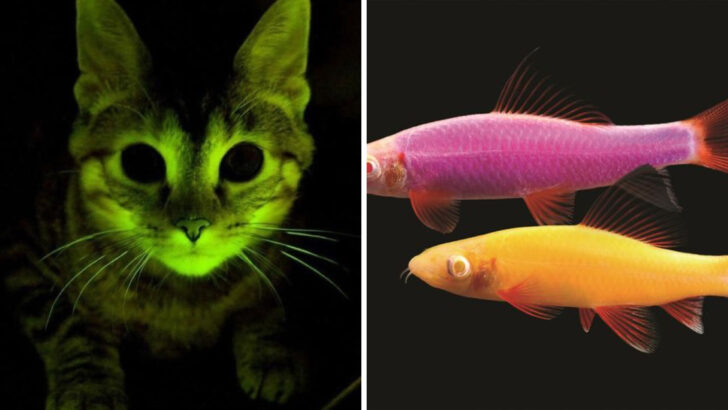Science has officially entered its mad scientist era. Cats that glow in the dark, goats that produce spider silk, and mosquitoes designed to wipe out their own kind—it all sounds like something straight out of a sci-fi movie. But these animals aren’t fiction. They exist right now.
Some were created to fight disease, others to revolutionize medicine, and a few simply because scientists wanted to see if they could. Whether it’s pigs with human DNA or salmon that grow at double speed, bioengineered animals are pushing the boundaries of what’s possible.
Not all of these creations come without controversy. While some breakthroughs have the potential to save lives, others raise ethical questions about just how far we should go when altering nature.
From the practical to the downright bizarre, here are 20 bioengineered animals that prove the future is already here—whether we’re ready for it or not.
Glowing Cats

Imagine a cat that lights up the night. Glowing cats, engineered with jellyfish DNA, emit a ghostly green glow under ultraviolet light. This peculiar trait isn’t just for show; it’s a tool to monitor genetic diseases.
These radiant felines are more than pets; they’re pioneers in the fight against AIDS. Scientists track the glowing genes to study disease spread, offering hope for cures.
Their luminescence is a beacon of scientific progress, bridging the gap between species and demonstrating the potential of genetic intervention in animal models.
Spider-Goats
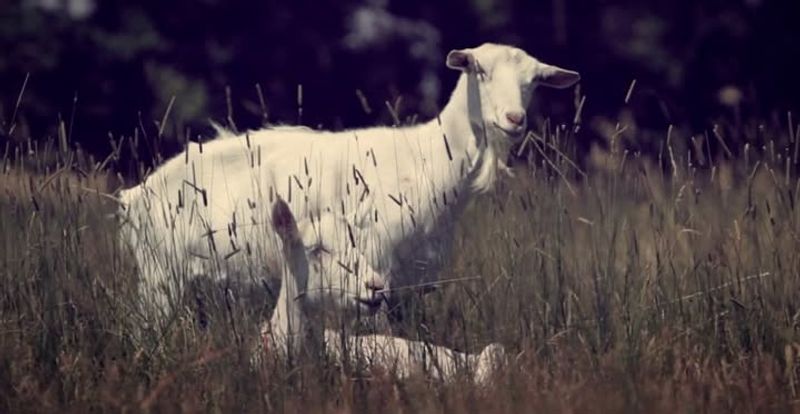
Spider-goats may sound like a creature from a sci-fi movie, but they are very real. By integrating spider silk genes into goats, researchers have created a way to harvest silk proteins from goat milk. This silk is incredibly strong and versatile.
Used in making bulletproof vests and medical sutures, this innovation highlights the genius of blending species’ traits.
These goats aren’t just farm animals; they are living factories, producing valuable materials that could revolutionize industries. They embody the extraordinary possibilities of genetic engineering in agriculture.
Enviropigs
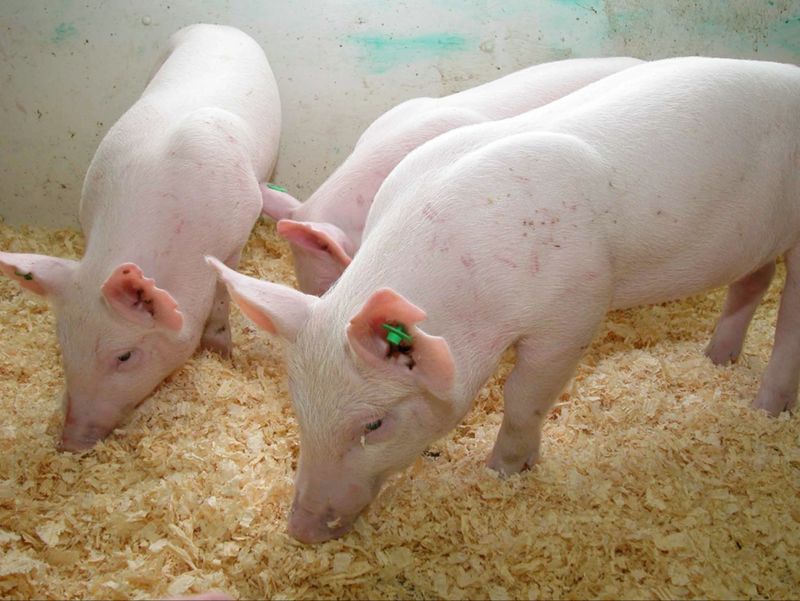
Meet the Enviropig, a pig that’s as friendly to the environment as it is to its barnyard friends. Engineered to produce less phosphorus in their waste, these pigs reduce pollution in waterways.
They’re a step towards sustainable agriculture, helping to maintain ecological balance.
With a pig snout in the air, they symbolize a harmonious blend with nature. Enviropigs could lead the way in reducing the environmental footprint of farming, showing how genetic changes can have a profound ecological impact.
Zebra Fish with Human Genes
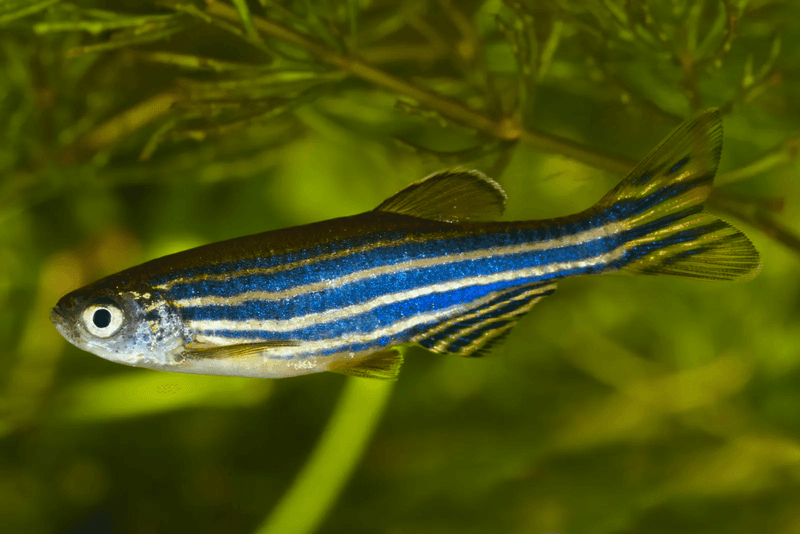
The zebra fish, a tiny swimmer with a big scientific role, now carries human genes. This modification enables researchers to study human diseases in a simplified organism.
Their transparent embryos allow for easy observation of developmental processes.
These little fish bridge the gap between species, serving as a live laboratory for understanding genetic conditions. In their stripes lies the key to decoding human health mysteries, making them vital to medical research.
SynDaver Labs’ Synthetic Dog
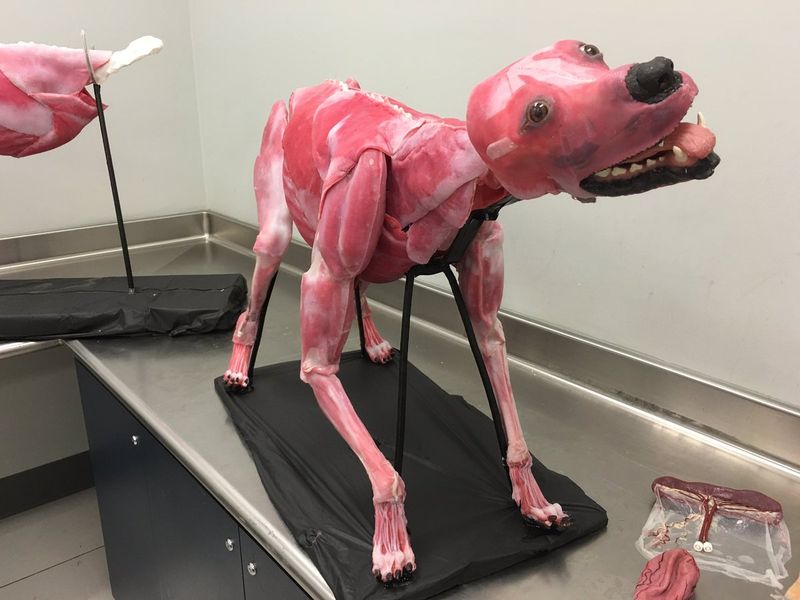
Not all bioengineered animals are alive. SynDaver Labs’ synthetic dog is a marvel of engineering, designed for veterinary education. This lifelike canine replica has realistic tissues and organs, providing a humane alternative to animal dissection.
It’s a leap forward in medical training, offering hands-on experience without ethical concerns.
These synthetic dogs are more than teaching tools; they’re a bridge to better veterinary care. By mimicking real anatomy, they enhance learning, embodying innovation in educational technology.
Vacanti Mouse
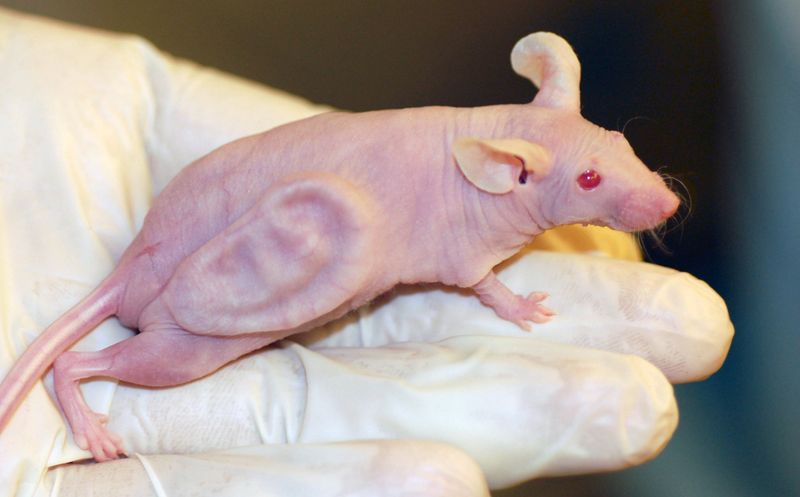
The Vacanti Mouse, with its ear-shaped structure on its back, is a symbol of tissue engineering breakthroughs. This mouse didn’t just grow an ear; it grew possibilities for human organ regeneration.
Engineered to support cartilage growth, it paves the way for future medical advancements.
This mouse is more than an experiment; it’s a testament to the potential of regenerative medicine. Its unique appearance has sparked interest and debate, highlighting the ethical and scientific challenges of bioengineering.
Cows Producing Human Milk
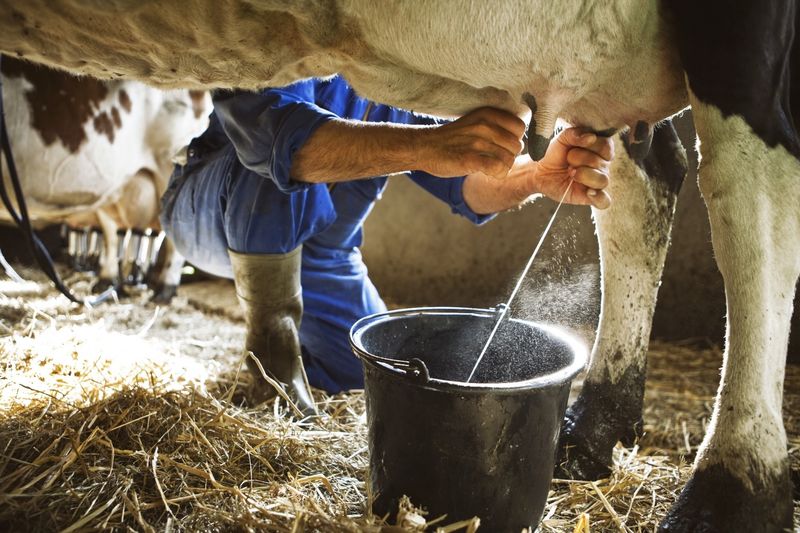
Cows producing human milk sound like a fantasy, yet they’re a reality. Engineered to produce milk with human proteins, these cows offer an alternative to breastfeeding.
Their milk could provide essential nutrients to infants unable to nurse.
These bovines are bridging the nutritional gap, demonstrating the potential for genetic engineering to meet human needs. They’re not just dairy cattle; they’re pioneers in enhancing public health through biotechnology, opening new doors in nutritional science.
GloFish
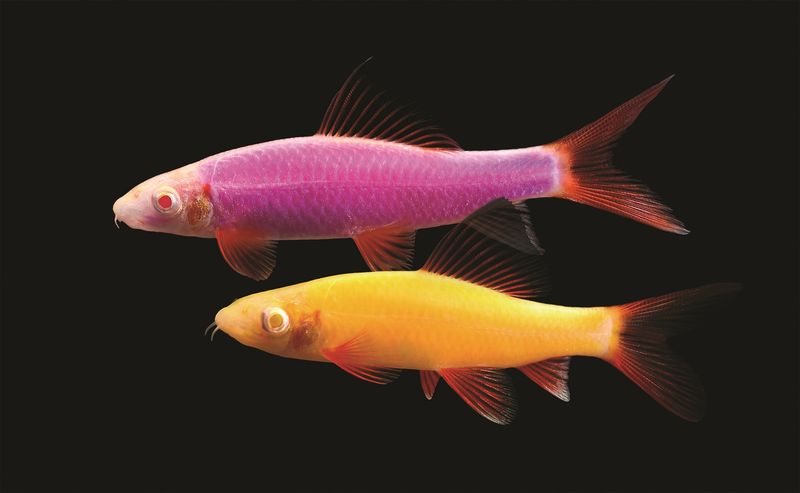
GloFish, the vibrant wonders of the aquarium, are genetically modified to glow in fluorescent colors. Originally created to detect environmental toxins, they now light up home tanks worldwide.
Their striking appearance is both a scientific achievement and a visual delight.
These fish aren’t just pets; they’re a symbol of how genetic technology can enhance both environmental monitoring and everyday life. Their colors bring joy and awareness, reminding us of the blending of art and science.
Featherless Chickens
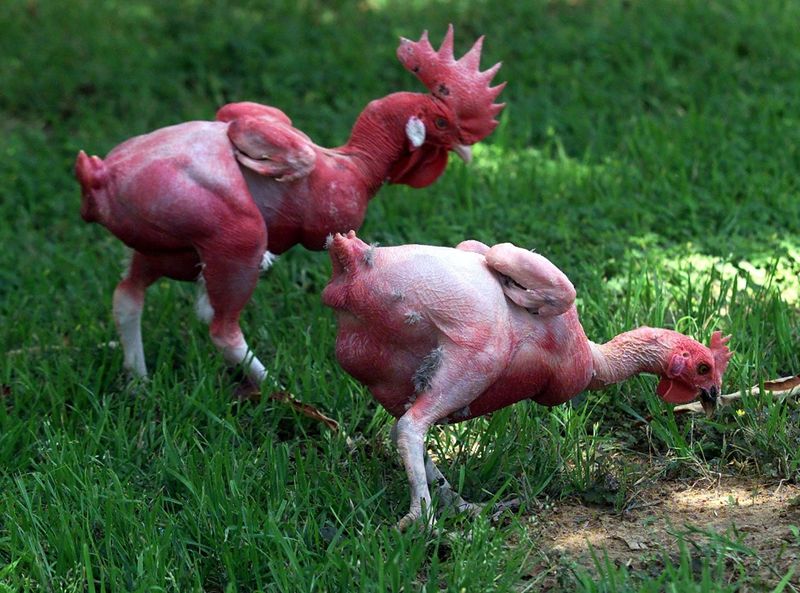
Featherless chickens may look odd, but they serve a purpose. Engineered for hotter climates, they require less food and water than their feathered counterparts.
These birds are more than a curiosity; they represent a step towards sustainable poultry farming.
Their unique appearance challenges traditional farming norms, highlighting how genetic modifications can cater to specific environmental needs. By thriving in heat, they offer a solution to food production challenges in changing climates.
Fast-Growing Salmon
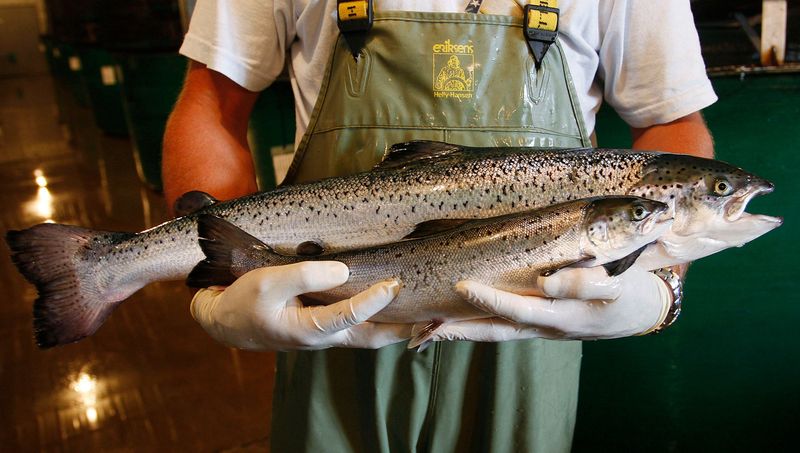
Fast-growing salmon, engineered to reach market size in half the time, are a triumph of aquaculture. By incorporating growth hormones, these fish offer a more efficient food source.
They promise to meet rising demand without depleting wild stocks.
These salmon symbolize the future of food production, balancing efficiency with sustainability. They embody the potential of genetic engineering to reshape industries, offering a glimpse into a future where food security is attainable.
Schmallenberg Virus-Resistant Cattle
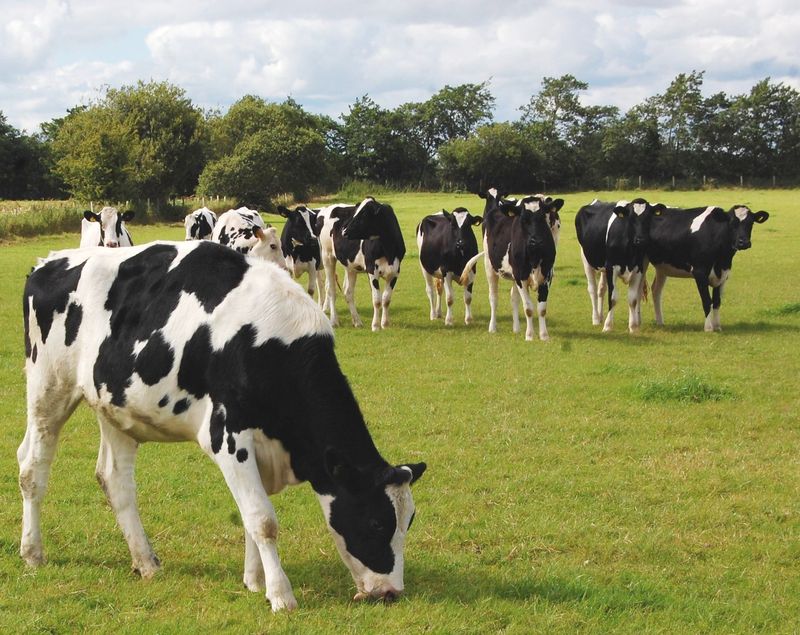
Schmallenberg virus-resistant cattle are a breakthrough in livestock health. Engineered to withstand this debilitating virus, they ensure stable meat and milk production.
These cattle represent a frontier in disease prevention, safeguarding agriculture from viral threats.
Their resilience is a testament to the power of genetic science in protecting food resources. By standing strong against the virus, they embody the promise of bioengineering in ensuring food security and agricultural sustainability.
Gene-Edited Bees
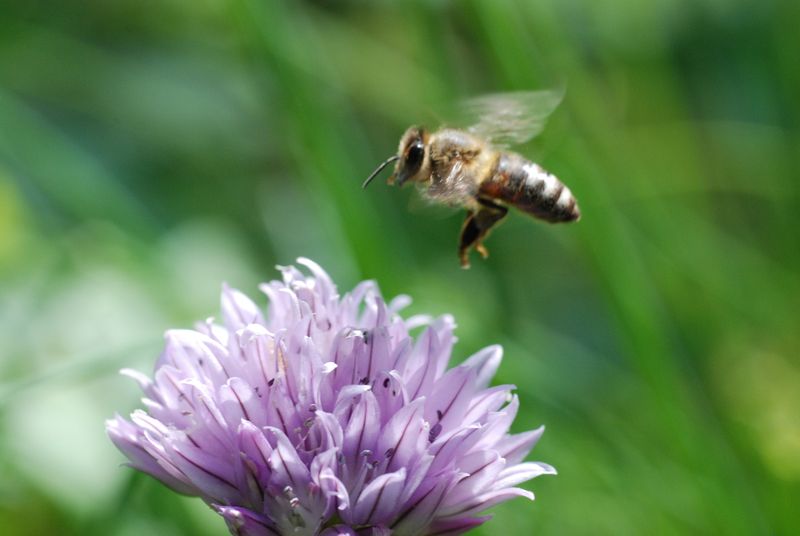
Pollinators are vital to our ecosystem, yet bees face numerous threats. Scientists have utilized gene-editing techniques to create bees with improved resistance to diseases and pesticides. This important work aims to stabilize bee populations and ensure the continuation of their crucial role in pollination.
By enhancing disease resistance, these bees can thrive in environments that were once considered inhospitable. Additionally, this research may lead to improvements in agricultural productivity, benefiting farmers and food supplies globally.
The gene-editing approach provides a promising future for conservation efforts, potentially reversing the decline of these essential pollinators.
Sudden-Death Mosquitoes
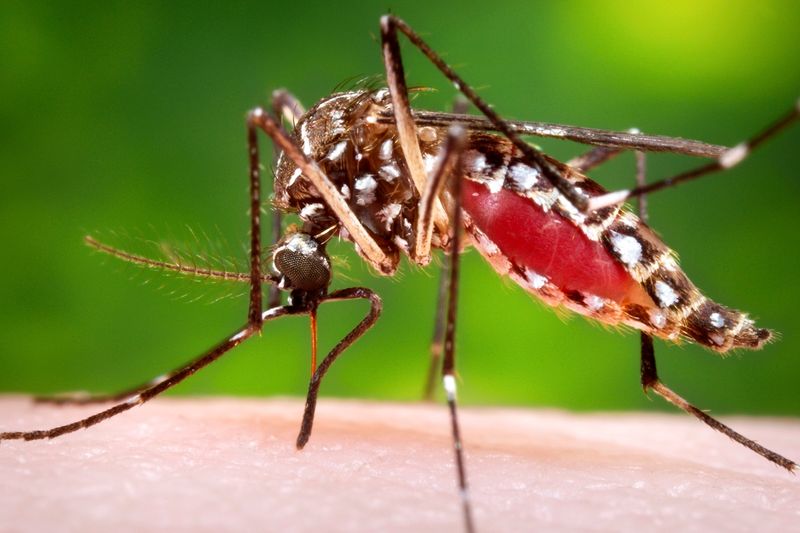
Sudden-death mosquitoes might sound deadly, but they’re designed to save lives. Engineered to die quickly, they reduce the spread of malaria.
These mosquitoes are warriors in the fight against disease, offering a novel approach to vector control.
Their existence is a step towards eradicating malaria, showcasing the potential of genetic intervention in public health. They embody a strategic blend of science and necessity, paving the way for a mosquito-free future.
Hornless Cattle
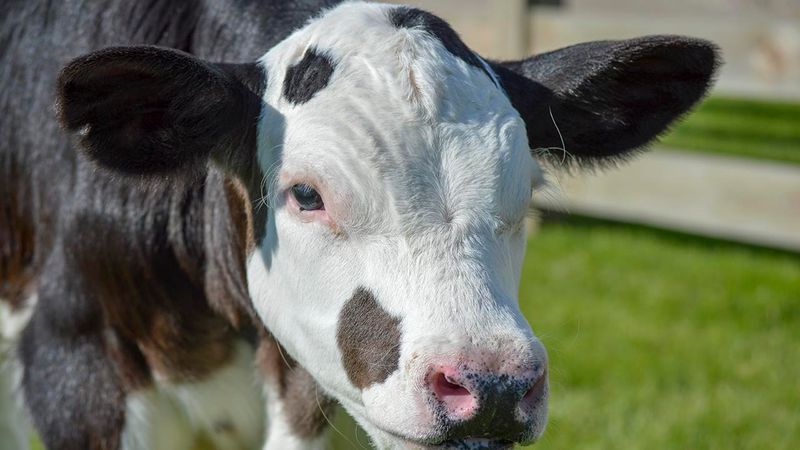
Hornless cattle, modified to lack horns, are a safer option for farms. By eliminating the need for dehorning, they reduce injury risks to handlers and other animals.
These cattle are more than a convenience; they’re a step towards humane farming practices.
Their peaceful appearance reflects a thoughtful approach to animal welfare. By integrating this trait, bioengineering is promoting safety and compassion in agriculture, enhancing the quality of life for both animals and humans.
BioSteel Goats
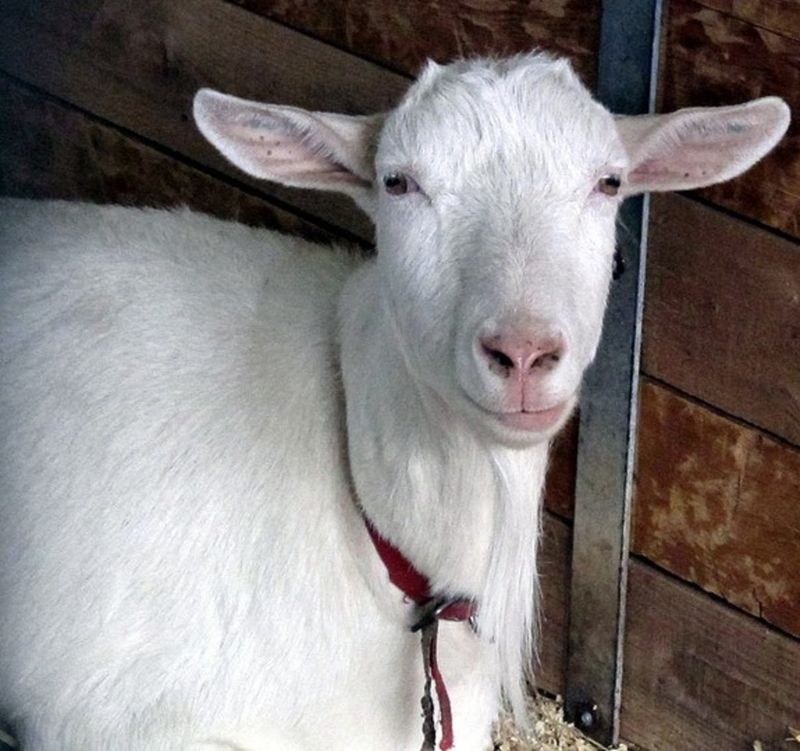
BioSteel goats, with their ability to produce spider silk proteins in milk, are truly remarkable. This silk, known as BioSteel, is both strong and flexible, finding uses in medical and industrial fields.
These goats are more than livestock; they’re producers of innovation, blending biology with technology.
Their contribution to material science is a glimpse into the future, where bioengineered animals provide sustainable solutions to complex problems. By weaving science into their DNA, they embody ingenuity and progress.
Bioengineered Silkworms for Enhanced Silk Production
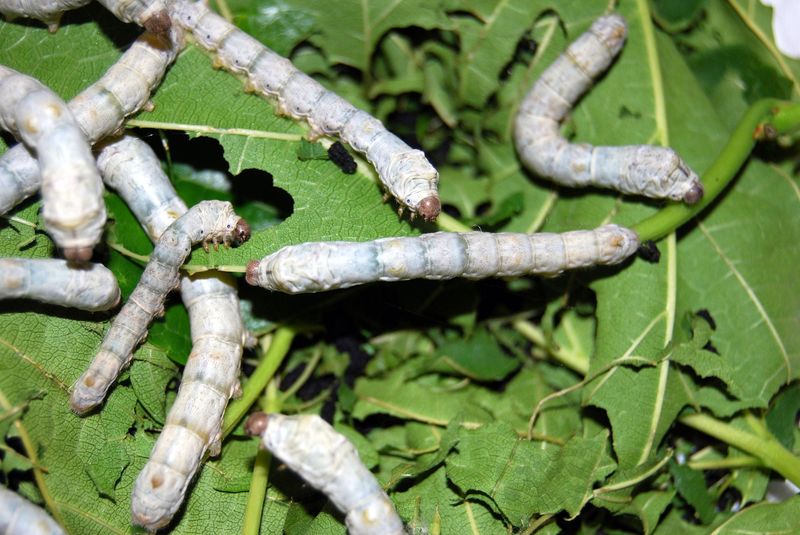
Bioengineered Silkworms for Enhanced Silk Production
Silkworms have been genetically engineered to produce silk fibers stronger and more durable than their natural counterparts. This breakthrough enhances the quality and quantity of silk, benefiting the textile industry.
By incorporating spider genes, scientists have created silkworms that spin silk with properties akin to spider silk. This innovation not only improves textile manufacturing but also opens new possibilities in medical and industrial applications.
Synthetic Bioengineered Jellyfish
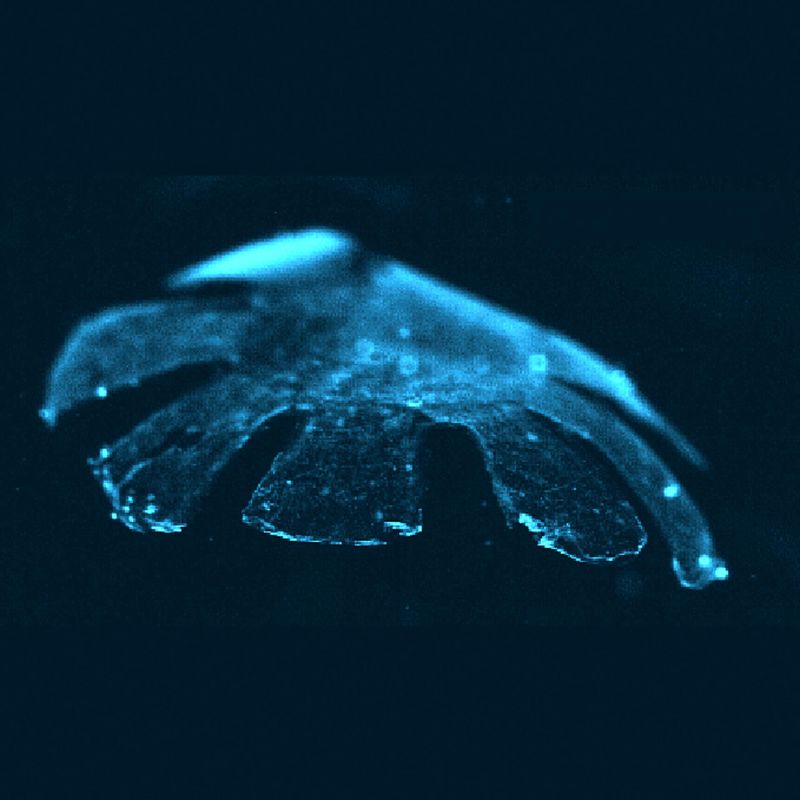
Synthetic bioengineered jellyfish, with their luminescent glow, are more than mesmerizing creatures. These jellyfish are engineered for medical research, providing insights into cellular processes and disease mechanisms.
Their glow is a tool for understanding the mysteries of life at a microscopic level.
In their translucent beauty lies the key to unraveling biological secrets. These jellyfish are bridges between the ocean and the lab, demonstrating the profound impact of bioengineering on scientific discovery.
Gene-Edited Rabbits
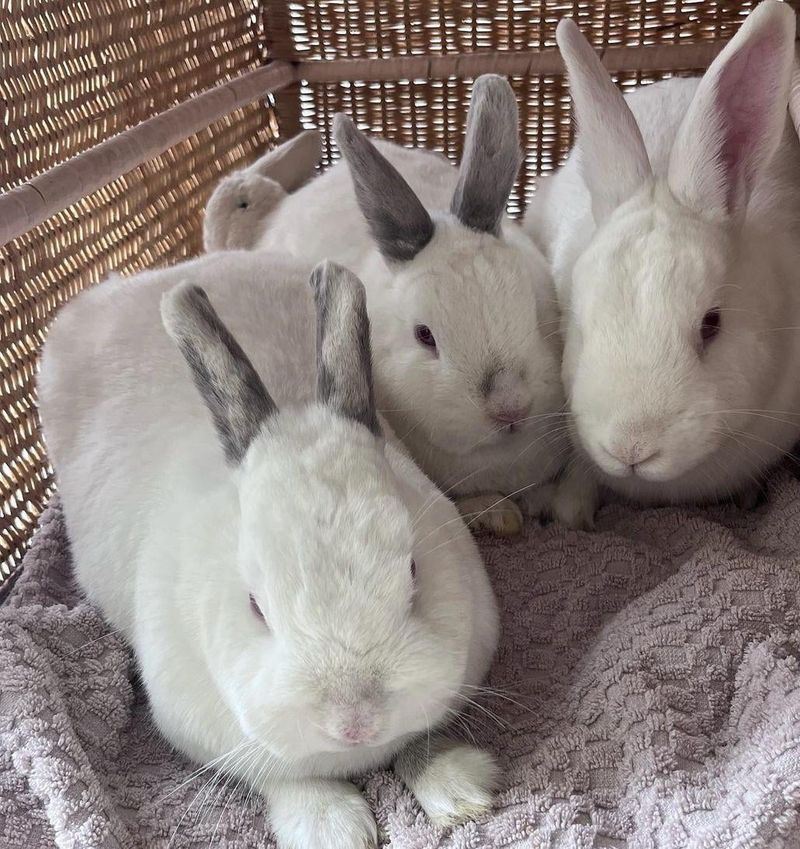
Gene-edited rabbits, with precise genetic modifications, play a vital role in scientific research. These rabbits are engineered to model human diseases, offering insights into genetics and treatment development.
They are living laboratories, providing critical information for medical advancements.
Their existence highlights the intersection of compassion and innovation. By contributing to research, these rabbits symbolize hope and progress in understanding and treating complex health issues, showcasing the ethical considerations of animal experimentation.
Fluorescent Mice
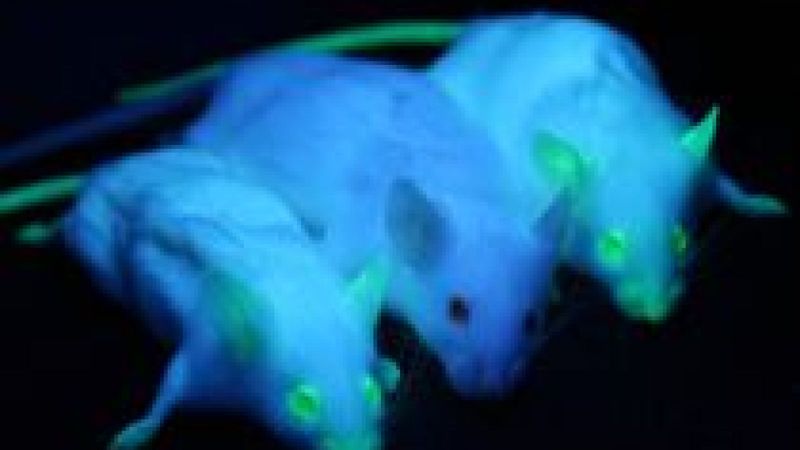
Fluorescent mice, glowing with bioluminescent genes, are indispensable in research labs. These mice allow scientists to track cellular changes and disease progression with ease.
Their glow is a beacon of discovery, illuminating pathways to new treatments and understanding of diseases.
These mice are more than research subjects; they are pioneers in genetic science. Their luminescence provides a window into the complexities of life, paving the way for breakthroughs in medical research and therapeutic interventions.
CRISPR-Cas9 Modified Dogs

CRISPR-Cas9 modified dogs are at the forefront of genetic engineering. These dogs are edited for traits such as muscle growth and disease resistance, offering insights into genetic therapies.
Their presence challenges the boundaries of genetics and ethics, prompting discussions on future possibilities.
These dogs are more than pets; they are living examples of CRISPR’s potential. By exploring genetic modifications, they highlight the promise and responsibility of applying cutting-edge science to enhance living beings.

